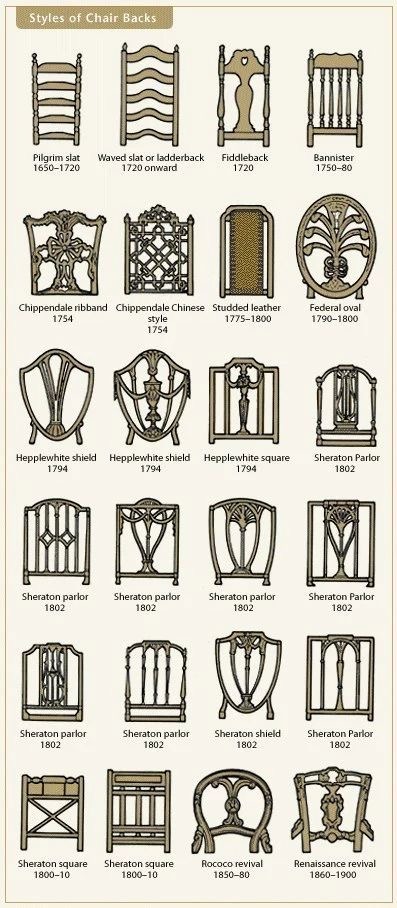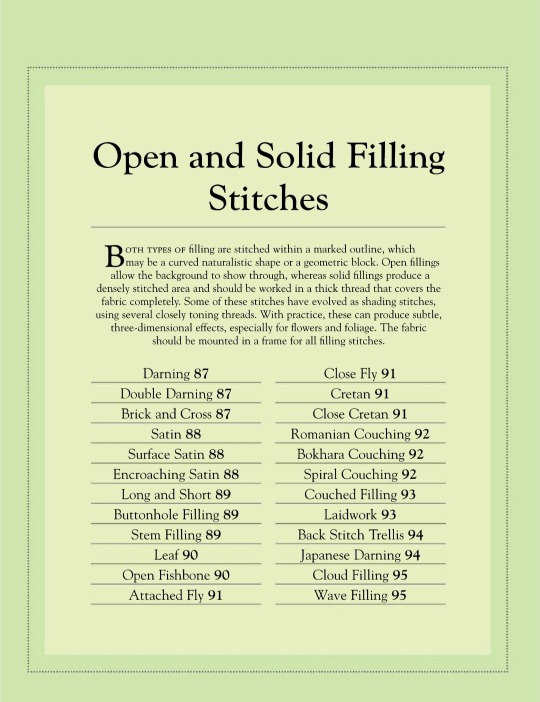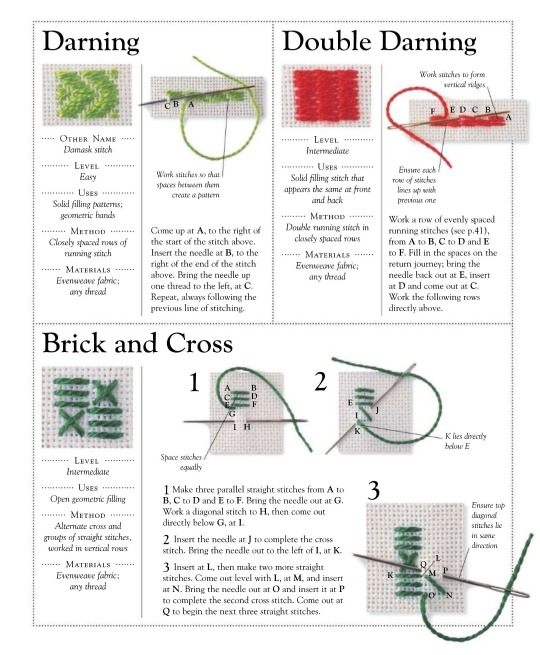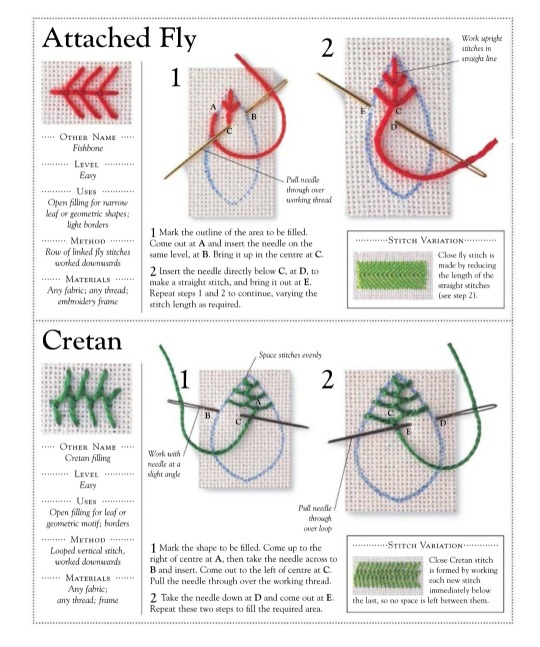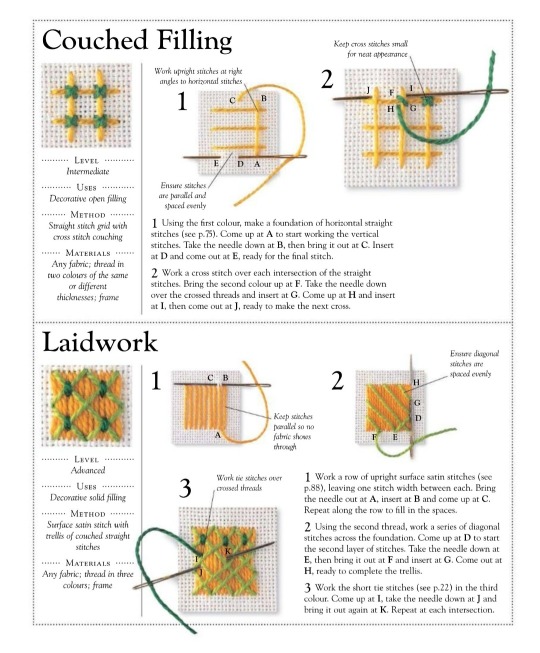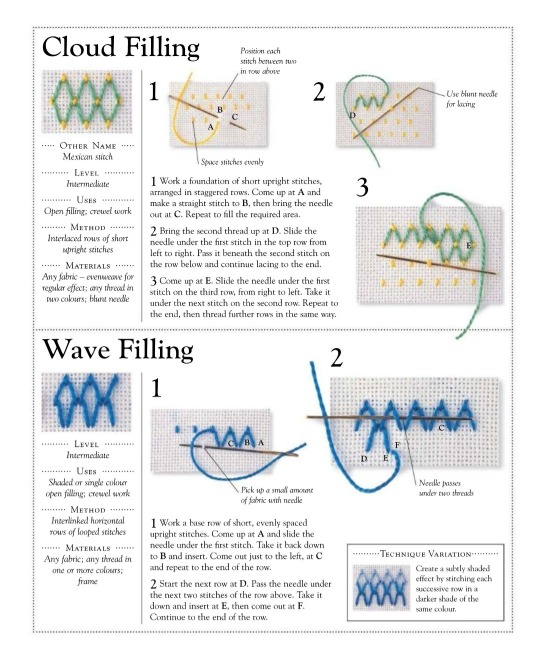middle-aged gay man with a tablet main: @tunneldweller
Don't wanna be here? Send us removal request.
Text

bird of prey 💘 (sticker club design for march!)
209 notes
·
View notes
Text
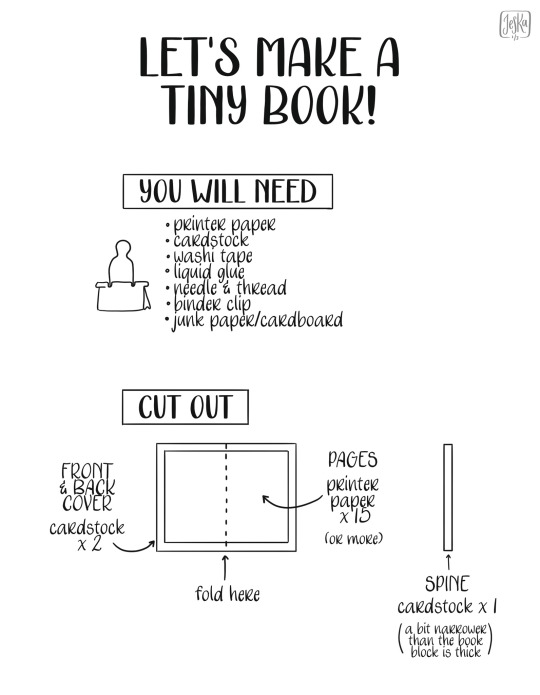

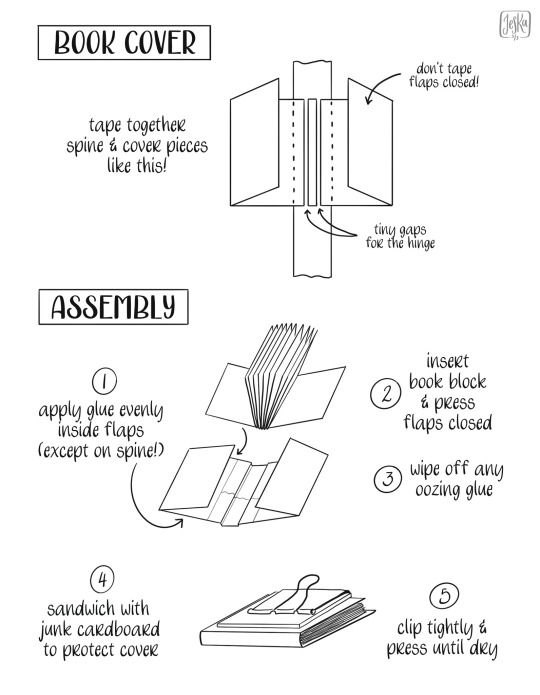
Come. Join me in my madness.
*caveat: this works best in small sizes—anything big will probably need a more complex stitching setup, end papers, and sturdier book covers. My tiny books have been measuring about 1.5x2.2 cm, and .4 cm thick
4K notes
·
View notes
Text
“The Ambiguously Brown Character™”- The Attachment to Eurocentric Beauty Standards
“maybe im petty but i wish people knew how to draw like different nose shapes. Sometimes I’ll see a character I like but im like that is not what their nose would look like.” @the-eldritch-it-gay
You’ve seen them before. The one character that has brown skin… And everything else about them is… an enigma. They’re not supposed to be white! You know that much… right? You can see what the designated white characters look like, so at least it’s not that. You could claim them as Black, if you want, and sometimes creators even demand that this character is Black. Depending on the quality, you’re either like “no, what the fuck is this” or you’re like “okay they’re cool, we’ll take them”. Representation is important. But… There’s a pit in your stomach that wonders… Are they really? Are they really supposed to be Black, is this really representation, or did the creators just toss a brown person in so all the Brown™ people could “have something”, so that they would look like they cared about “diversity” on their art resume?
Examples



Theseus, in my opinion, looks like a white man with a tan. Dionysus looks a little better with the similar skin tone, due to his purple hair coloration. Apparently people do think that at least Dionysus is a man of color. What’s interesting about both of these characters, is that they’re only about two desaturated browns lighter than Patroclus, a character in the game that we’re supposed to believe is Black (whom, in my opinion, also looks like a brown bucket tool character. I’m still claiming him, he’s my guy. But his design should have been more explicitly Black). Theseus and Patroclus are the two darkest-skinned dead humans in the first game. So… what was I supposed to think about these two? Was I supposed to think they are really dark white people, due to the thin textures of their hair? Are they men of color? Are Theseus and Patroclus supposed to be ashy because they’re dead, is Dionysus ashy because he’s dehydrated from wine? Why don’t the white dead people look off color? Hades was entirely too striking a game in use of color for the browns to look like… this.


Noe and Hibana are interesting. It was complete coincidence, the purple hair and eyes thing btw. Hibana is interesting because Ogun is an unambiguously Black character in Fire Force, and there are at least three other unambiguously Black characters in Soul Eater as well. So we know the mangaka knows how to draw Black people in their style! So… was this on purpose? Is this another of those ‘tanned anime girls with titties’ meant for shounen fan service? I’ve claimed Noe (Case Study of Vanitas) because Black French people exist and France has stolen so much from us already, but it is never actually specified what Noe is. He’s just the One Singular Brown Guy in this show, with regular, untextured anime hair. Are there more brown people in the manga? Is this explained? Because we know who is supposed to be white! If anyone else wants to claim Noe, they absolutely can, because we have no idea what he’s supposed to be. Hot Chocolate thinks he’s Indian, and I’m not going to argue that because… who knows! He very well could be!
My very first lesson addressed this, albeit lightly! There’s a reason that I said that if you gained nothing else from me, that’s what I want you to walk away with. Now that I’m on stronger footing with this blog, I can really get into the nitty gritty of what that really means.
Obligatory disclaimer: we are not a monolith!* As of 2015, it has been researched that African populations have the highest genetic variation on Earth*, with a lot of that genetic diversity in sub-Saharan Africa alone. This means that YES, there very well can and will be Black people with naturally thinner textures of hair, blonde, light brown, and red hair, straight, narrow noses, monotone lips, and lighter skin that comes more often with white people. There are enough genetic combinations within African peoples and of the African diaspora that I’m sure there are plenty of people that look the way people seem to want Black people in art to look, if those genes so express within them.
*as a scientist, I will say: while these papers seem fairly legit and I looked at many related articles and their sources, take Nature with a grain of salt. Though their vetting process has become much better, you can and should always do further reading on your own!
Here’s the thing: the possibility is not the issue here!
The first issue: I don’t have to teach anyone how to draw those features on Black people! It is evident, from the professional and fan art I’ve seen, y’all already know how to draw the features deemed highly by Eurocentric beauty standards. Those features are excessively focused on and promoted as part of “good art”.
The second issue here is that the average artist drawing a poorly done Black person is not considering things like genetic diversity when they draw them (and if they are, it’s usually as an excuse post-confrontation. Yes, I have seen it.) These creators are not designing these characters with the intent of them being Black with those features, they are designing “Black” people with features that they deem most aesthetic and are most comfortable with drawing.
And why do they deem those features most aesthetic? We’ve circled back to the point of this lesson!
Eurocentric Beauty Standards
Definition: beauty standards as defined through a white, western cultural lens, including but not limited to: straight, blonde hair, light eyes, pale skin, high cheekbones, narrow noses, thinness. It’s a way that white western people want other white western people to look to be considered classically attractive… and then enforced that on everyone else.
It affects people of color worldwide. Anyone that has ever had to deal with European colonization or imperialism has to deal with the interjection of Eurocentric beauty standards.
Examples
-Black women, standing at the intersection of Blackness and womanhood, especially deal with the constant pressure of Eurocentric beauty standards, being consistently told to hate ourselves due to our own ethnic features. It’s incredibly damaging to your self-esteem growing up; my mom told me that until I went natural at 17, I was determined to look ‘like a white girl’ because I thought it would make me beautiful, and it hurt her. And as for me, it was a stunning realization that at 17 that I had never really seen my own natural curl pattern before. My hair was in ponytails and such as a child, but as a teenager, growing into my identity, I had always wanted straight hair. I was in love with my coily texture, I couldn’t believe that I’d never seen it. An entire part of my own body, gone unknown, because I wanted to fit a beauty standard I would never reach.
-Kenneth and Mamie Clark: The “Doll” Studies: Black children- age 3-7 were shown white and Black doll babies, and were asked a series of ‘positive’ and ‘negative’ identification questions. Even by that young an age, most of the Black children associated things like beauty, kindness, and positivity… with the white dolls.
-“The Golden Ratio”: a survey was done in Britain (oh boy, here we go) to determine what people felt was the ‘most beautiful’ face, and apparently it all came down to “symmetry”. “International blueprints of beauty” they claimed, were applied, as humans “naturally seek symmetry”. In 2015, according to ye olde Daily Mail, this was the most beautiful woman. You'll never guess:

(It’s not even her natural hair color!)
-Another “research study” using E-FIT (Electronic Facial Identification Technique -- a facial recognition software used to create criminal profiles based on eyewitness descriptions; no WAY that THAT could get problematic!!) to determine what 100 people thought was the “most archetypal face of beauty”.
They came up with a figure similar to Kendall Jenner as the female option.
(Guys, we’re never getting out of here at this rate.)
-We’ve spoken about discrimination against Black hair before, and how natural hairstyles will be deemed less professional or appropriate for school, regardless of the brilliant mind that sits underneath it, and even the history of Black women having to cover their hair so as to “not steal the desire of white men” and ruin the status of white women.
Appropriation:



I try to have nuance on the Kardashians, but I have never liked Kylie, and it’s not because she’s not allowed to do what she wants with her body. I watched the world claim that she was so beautiful, that her kits were why her lips looked “so good”. Everyone wanted to have “full, plump lips” like the ones Kylie BOUGHT. But Black women’s full lips have been treated horrifically since racism was invented. In 2016 I watched racists dogpile and mock Ugandan model Aamito Lagum for her naturally full lips in her MAC campaign, after saying in just 2015 that Kylie’s lips were “top fashion and everyone wants them”. And she lied (not that we didn’t all know that)! She appropriated a look, and she lied about it to move product. And people who had no right to forgive her did so, and everyone moved on to make her a billionaire. Because full lips looked good… as long as they weren’t on a Black woman. I can’t even have my own lips, but she was rewarded with an industry for appropriation. No, I’m not getting over that.
I could go on, but I won’t. So what are some ways to address the existence of Eurocentric beauty standards potentially biasing our creation?
First thing: LET’S TRASH THE IDEA THAT BROWN SKIN AUTOMATICALLY MEANS BLACK.
Black people are not stupid, and we do have expectations. Splashing brown paint on your otherwise white character does not mean I’ll automatically think they’re Black. I’m going to look. When I see brown people in real life, I can usually tell when they don’t look like me. I don’t look at a South Asian similar to or darker than my shade and say “they’re Black”. Blackness is not just skin color, it’s an entire identity and sociological construct. Yes, you can tell us apart.
Acknowledge when you’re holding a bias:
For example: “Tall, dark, and handsome.” What did you picture? You must understand that different people had different ideas of what this meant, versus who it was actually meant to be. Because on its surface, that description includes tall Black men with dark brown eyes and dark hair! We’ve talked about this in lesson 3! Whoever came up with this phrase didn’t mean skin though, they meant hair and eyes- they meant white brunettes. Even in this, it was only meant to include whiteness. And we were all supposed to assume that, be damned anything else.
Part of that is knowing what things do and don’t fall under the category. They were listed off earlier: straight and wavy hair, blonde hair, colorful eyes, thin noses, high cheekbones, double eyelid with round eyes that “show youth and innocence”. People have been going the “aquiline nose” route lately to claim more diversity in nose shape but like… even that isn’t always going to be the case. Every Black person is not going to have an aquiline nose. It is not the “middle ground” of diversity. Draw us with some round noses. We look fine.
Often ignored (in depictions of Black people): afro/coily hair and natural styles, large, round noses, full faces, brown eyes, full figures that aren’t oversexualized, body fat. One of the characters from Craig of the Creek that makes me so happy is Nicole, Craig’s mother. When I look at her design, I see my own mother. I see a Black woman that… actually looks like Black mothers I know. It made me happy and comfortable.
White folk, you even do it to yourselves! I mentioned to a friend once that a good chunk of stories in our fandom with the blonde/brunette white character dynamic read like an Aryan fantasy: the blonde character will be treated like a god on high, the most beautiful of humanity, and then you’ll get to the brunette and it’s “my meek, mousy brown hair, my dull, brown eyes like dirt, and my tanned skin with freckles; no one would ever notice someone plain, nerdy, and unimportant like me until him” lmao like excuse me? Author, you okay there pal? Do you need a hug, lmao? I can’t take it seriously anymore. If y'all are being this mean to each OTHER about not hitting Eurocentric beauty standards, y'all are certainly not being nice or respectful about people of color- who never can- in your content! (and no, exoticizing Blackness is not respectful.) You should look out for how often this happens, and catch yourself when you’re doing it.
Creating with Intent (and the lack thereof!)
(This is so important I made the header larger)
You have to actually consider and reference REAL Black people when you’re drawing Black people. That seems like such an obvious thing, and yet it must not be, because these sorts of arts/the techniques used in them still happen.
For example:


credit to my friend @devilatelier; I asked for the worst Black art ever and he heeded the call!
I abhor art like this, and art that does varying versions of this. To the pit of my soul, hatred. I will not share your work if I catch even a whiff of it. Why? Because people know that this isn’t what we look like! If you get on the computer and type in “Black man with short hair”, option A is not even remotely on the first page. You’ll get nonblack men that show up, thanks to Google’s algorithm (another conversation), but the Black men don’t look like A. If you get on the computer and type “Black man with long hair”, you’ll even get Black men with all textures and styles of hair, including straight! And they still don’t look like B. Go ahead, I’ll pause- go type it in and see what you get. Have you ever seen a Black person that looks like these images? Be honest with yourself. Why do you let them slide, if you haven’t?
Why This Matters
So it’s not about the actual Black people in their lives that they’ve seen, that makes artists draw characters like this, nor a dedication to accuracy. Because if you were looking at us at all, you wouldn’t draw this. And yet, people draw it, and post it proudly. So there must not be any shame behind it, or they at least are comfortable enough with their target audience to think it’s presentable! That begs the question- who is your target audience, and do you include Black people in it?
It’s how people like Jen Zee can have a successful career at Supergiant despite drawing dark skinned people the way she does. It’s because studios recognize when their target audiences are not perturbed by, and therefore will still buy, their product. If poorly drawn Black people does not perturb audiences enough to affect the almighty dollar- or, in fanart situations, the value of popularity- then there’s no motivation to stop doing it! Who cares about the value and the demeaning of Black fans, right?
Think about it like this. You remember how everyone bullied the Sonic studio and they scrapped their entire reel? People do not get that much up in arms in solidarity about the antiblack treatment and depiction of Black characters. It’s how you end up with Wyll Ravengard on the drop of BG3. Because Larian could have stood on business, had some integrity, and said “this is a character we are going to develop, because there will be fans that look like Wyll, and deserve to receive our best efforts at inclusion.”
But instead, Larian said “this is what our majority fanbase wants, and apparently it is not a well-developed Black character” and released that game as it was. To rousing success. That was a choice. The antiblackness of both the fans and the studio, via their lack of concern about Black gamers, was involved in making that decision. We have to let go of the idea that antiblack racism is incidental, and not a part of the process- and that includes in character design.
I cannot tell you how much it shrivels my heart inside when I see a “Black” character with wavy hair. One, because I know the artist’s first thought was not to have a Black character with wavy hair, but because they draw white people with that hair and thought it was transferrable. Two, because if you wanted the aesthetic of hair down to the back… Locs could have worked! The same shape would be there! You can style locs in any way, and it would be fine! Even if you wanted them to have thinner hair, fine, but… I can see where the intent (and the lack thereof) is. We can see when you aren’t even trying for us!
I asked Angel how he felt about creating the “white man with the brown bucket” images, curious about how he felt given that he is more than capable of drawing Black people. His response was noteworthy, and consistent with my hypothesis:
“Thinking about it, these two drawings have been the most difficult thing I’ve had to draw, period. And it’s the first time I’ve actually felt nauseous during the drawing process from start to finish. I constantly felt like I was fighting off the part of myself that knew better, telling me that this is wrong. It felt like a betrayal, knowing what Black people actually look like and still choosing to be disrespectful. Especially because I worked on the first two and immersed myself in references and also Black youtubers, researching Black hairstyles. It felt like a betrayal to all of that to call these two (deliberately poorly drawn) characters Black, because they’re not. None of the Black people I found during my research (both photo references and videos) looked like these. at all. It felt cheap, it felt lazy. Creatively lazy in the way that you just take a white person and paint-bucket them brown and call it a day. In the way it makes you feel no pull to change what you do, or learn something new. Kinda like a thought terminating cliche. Unlike the first two, I used no references for them, but I mostly based them off of actual designs I’ve seen in fandoms, both fanmade and not.”
Conclusion
So what I want us to consider for now is: if we know that’s not what Black people look like, but so many people are willing to do and/or accept it without any mental dissonance… how much do they care? Why is this allowed to ‘pass’, if we recognize that it is not accurate, unless we think what we are being presented with is acceptable? Or at least, not worth fighting over? Why not? Why do you not think that this Black character deserves to be unambiguously Black? And why does that ‘better’ way to exist always come back to whiteness?
We’re going to get into this, as well as more into the other, more overt and equally harmful manifestation of these beliefs in the next lesson on Whitewashing! But I want you to simmer on this part, first.
When you draw a character that you want to be Black, not only should you keep in mind your intent of how you’re going to draw them, but it also means putting in the work to make sure you’re doing so. You do not put pen to paper and “accidentally” draw a white man lol, it came from somewhere- let’s shatter that connection that views white features as superior, as 'ideal for attention grabbing', so we can create better. Because remember, it is the thought that counts, but the action that delivers!
2K notes
·
View notes
Text
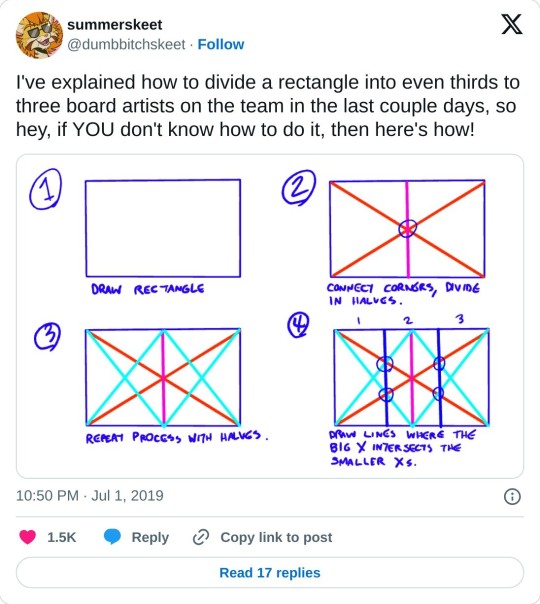
really helpful technique ^ once you know how to divide by halves and thirds it makes drawing evenly spaced things in perspective waaay easier:


131K notes
·
View notes
Text
hot artists don't gatekeep
I've been resource gathering for YEARS so now I am going to share my dragons hoard
Floorplanner. Design and furnish a house for you to use for having a consistent background in your comic or anything! Free, you need an account, easy to use, and you can save multiple houses.
Comparing Heights. Input the heights of characters to see what the different is between them. Great for keeping consistency. Free.
Magma. Draw online with friends in real time. Great for practice or hanging out. Free, paid plan available, account preferred.
Smithsonian Open Access. Loads of free images. Free.
SketchDaily. Lots of pose references, massive library, is set on a timer so you can practice quick figure drawing. Free.
SculptGL. A sculpting tool which I am yet to master, but you should be able to make whatever 3d object you like with it. free.
Pexels. Free stock images. And the search engine is actually pretty good at pulling up what you want.
Figurosity. Great pose references, diverse body types, lots of "how to draw" videos directly on the site, the models are 3d and you can rotate the angle, but you can't make custom poses or edit body proportions. Free, account option, paid plans available.
Line of Action. More drawing references, this one also has a focus on expressions, hands/feet, animals, landscapes. Free.
Animal Photo. You pose a 3d skull model and select an animal species, and they give you a bunch of photo references for that animal at that angle. Super handy. Free.
Height Weight Chart. You ever see an OC listed as having a certain weight but then they look Wildly different than the number suggests? Well here's a site to avoid that! It shows real people at different weights and heights to give you a better idea of what these abstract numbers all look like. Free to use.
308K notes
·
View notes
Text
correction: 20sts in magic cast-on increased to 62, beginning heel at 52th row after completing the increase because I forgot to measure as I went and now I'm too far into 51 to frog back. 10 rows == 3cm
also need to stock up on 2.5mm bamboo dpns, these already have a pronounced curve <.<
4.5mm stockinette: 10sts/5cm, 2x2 rib: too loose for these cuffs.
3.5mm 2x2 rib: 13sts/5cm; felted: 16sts/5cm. this is what I'm going with.
2.5mm 2x2 rib: 17sts/5cm, very nice fabric but NOPE can't use these tiny needles long enough to get results. the dexterity just isn't there anymore. oh well, not like I was ever going to complete a ring shawl either way.
4 notes
·
View notes
Text




I have to draw a lot of gold and metal for my work, but wasn't happy with any of the metal tutorials i could find around. I prefer really specific instruction, so after some research i put together what i think works as a generalist's guide/tutorial. Not perfectly accurate, but i hope it's helpful!
31K notes
·
View notes
Text
test sock: KL's Basic Toe-Up, 64 sts around, 42 rows before starting heel.
proper sock, attempt 1: magic cast-on, 60 sts around, switch to k1 s1 like 9 rows into heel shaping.
4.5mm stockinette: 10sts/5cm, 2x2 rib: too loose for these cuffs.
3.5mm 2x2 rib: 13sts/5cm; felted: 16sts/5cm. this is what I'm going with.
2.5mm 2x2 rib: 17sts/5cm, very nice fabric but NOPE can't use these tiny needles long enough to get results. the dexterity just isn't there anymore. oh well, not like I was ever going to complete a ring shawl either way.
4 notes
·
View notes
Text


Not gonna lie, I was a lil self conscious about posting this, but truth is, I love this picture of myself. I think that some of the things we love are worth sharing with others. This image deserved to be shared.
2K notes
·
View notes
Text
Webs Yarn reposted this on Facebook (with permission) and 2 days later messaged me to ask if I was ok because GROWN ADULTS were bullying me in the comments. Most were saying I was ruining a perfectly good project (it's a swatch that I made for the video) or saying it's stupid to use hair bleach when there are specific chemicals that lift dye from fabric. Chlorine bleach is not gentle enough to use with wool, but hair bleach would be a good household solution for those who have it available. Definitely worth a try.
It was an experiment, done knowing that the swatch could fully dissolve, weaken the fiber, etc. If you don't experiment with materials you never learn. If the experiment had failed, I probably would have posted a video to show the failed result too!
Experiment results: I think Facebook is probably the meanest of any social media because without anonymity, the users still proudly cyber bully other adults.
225 notes
·
View notes
Text
I made an art/anatomy tutorial about birds! I hope people will find it helpful!
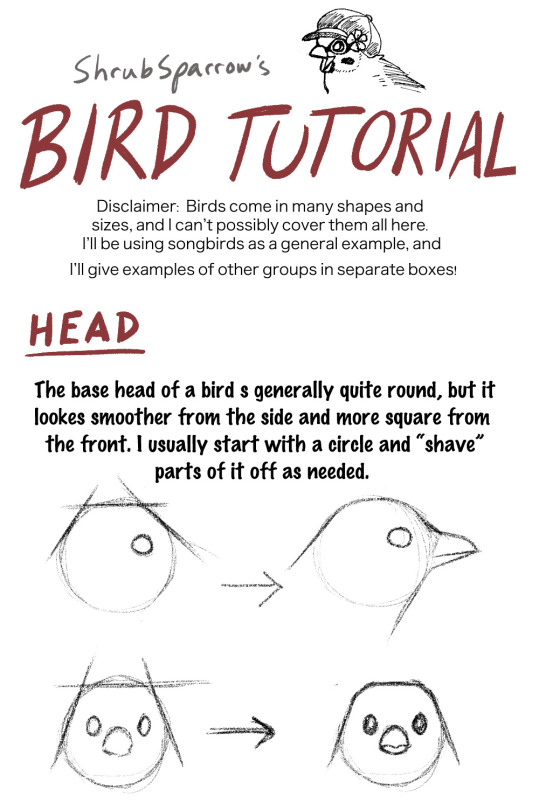
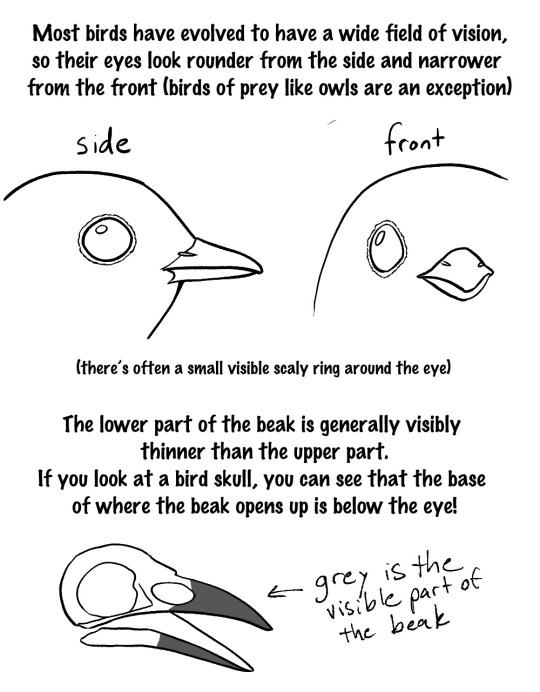
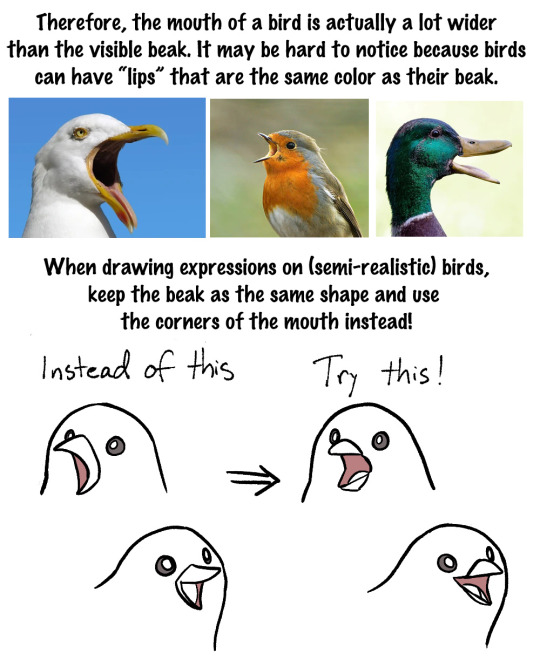
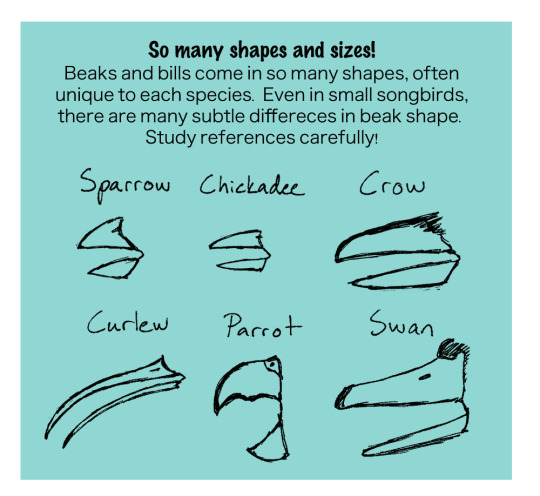
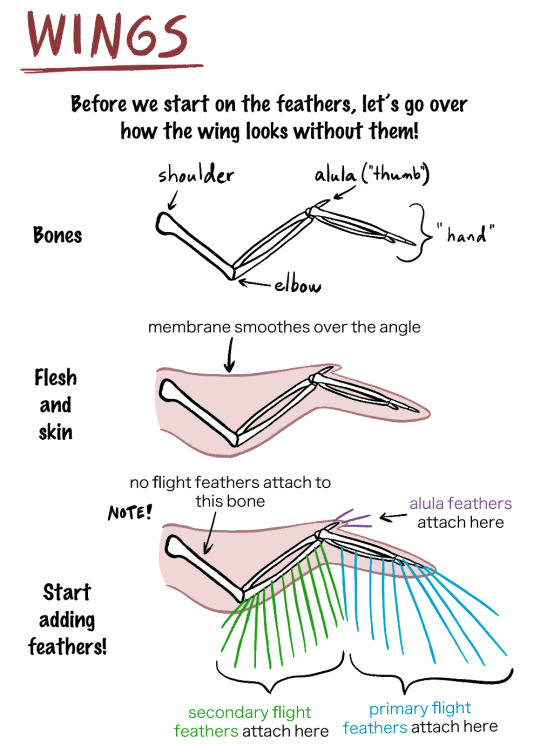
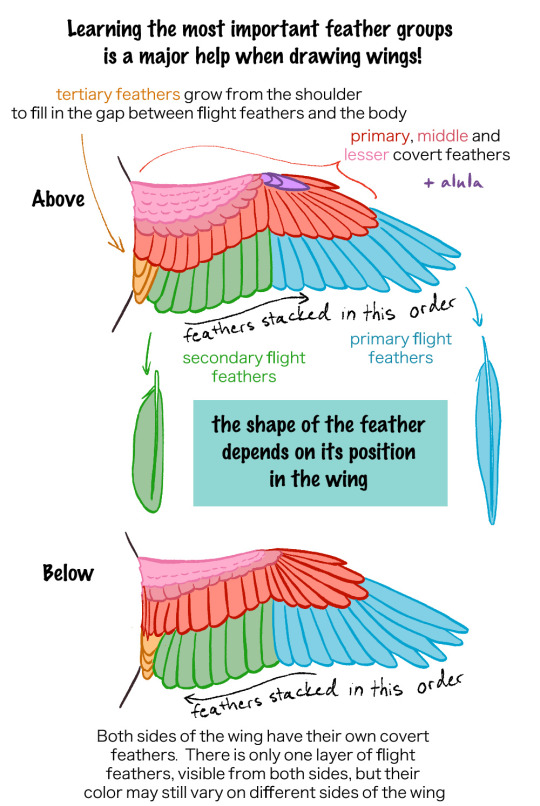
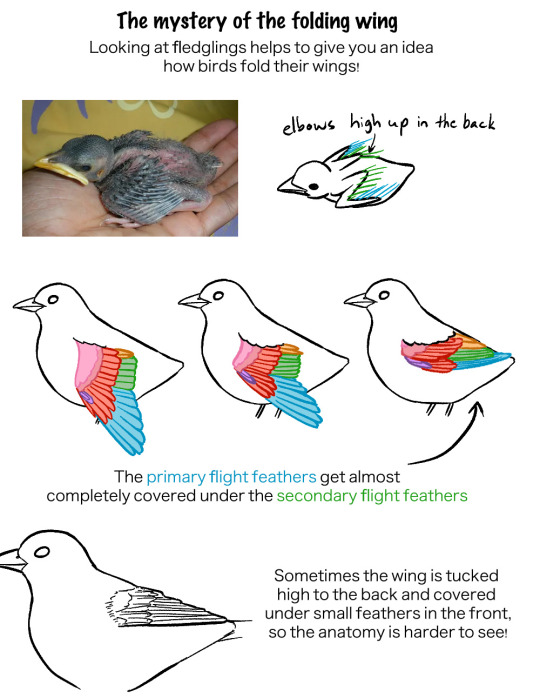
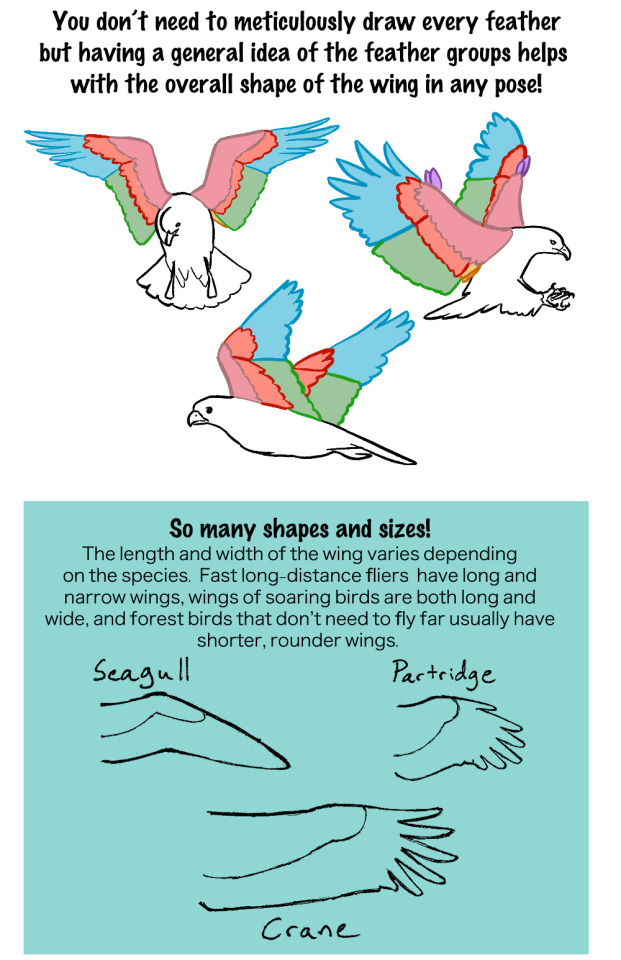
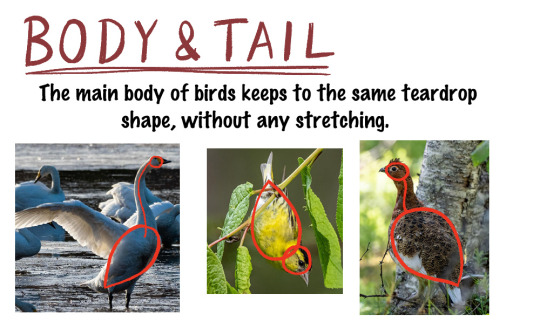
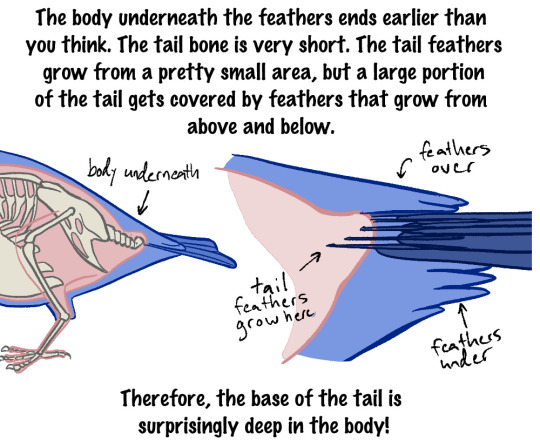
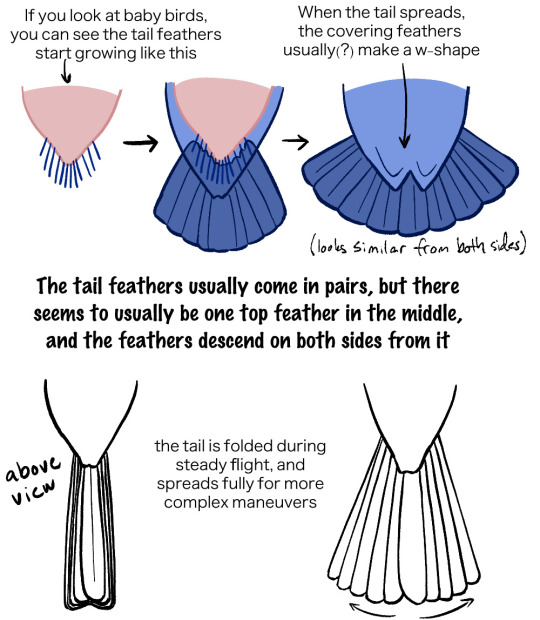
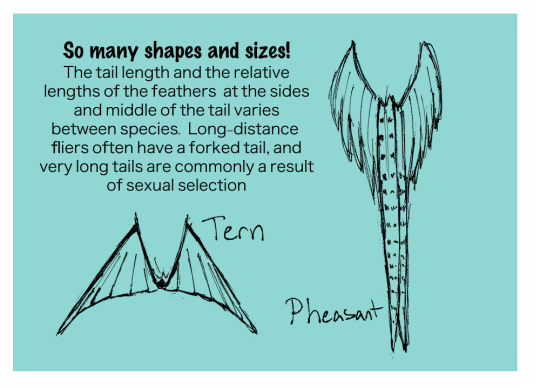
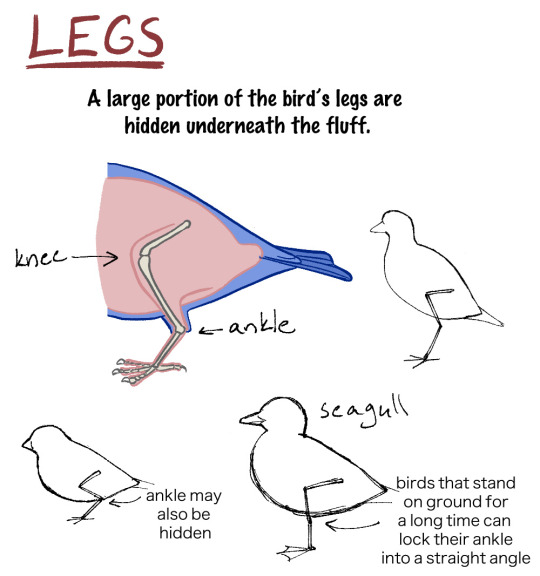
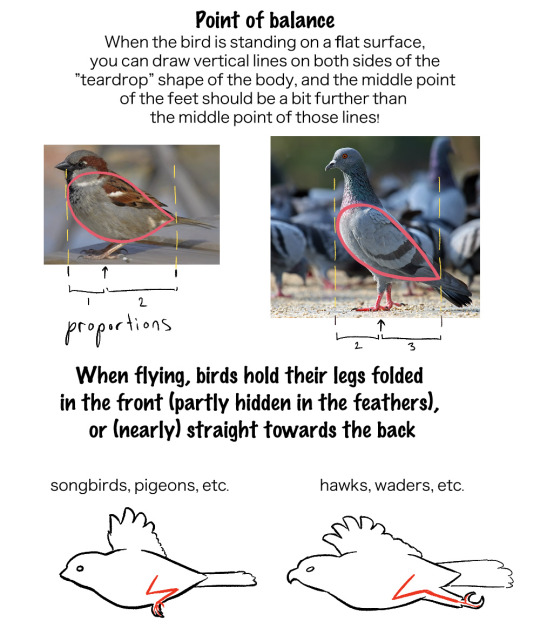
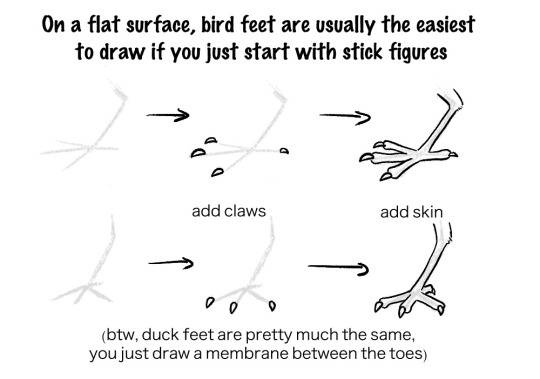
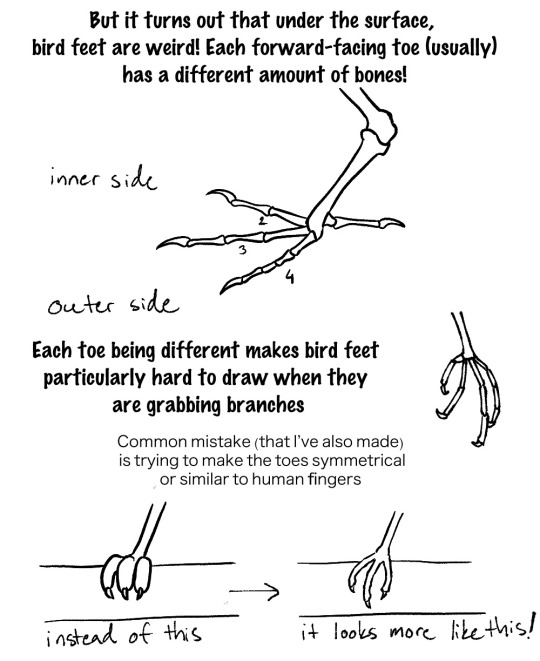
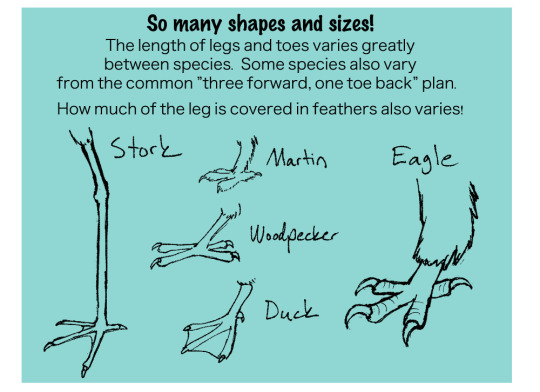
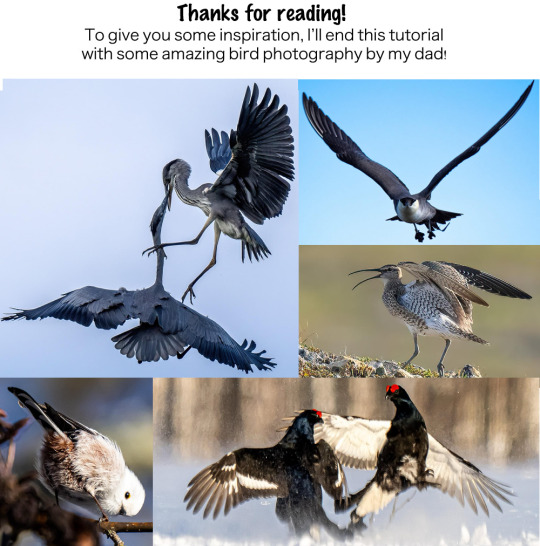
51K notes
·
View notes
Text
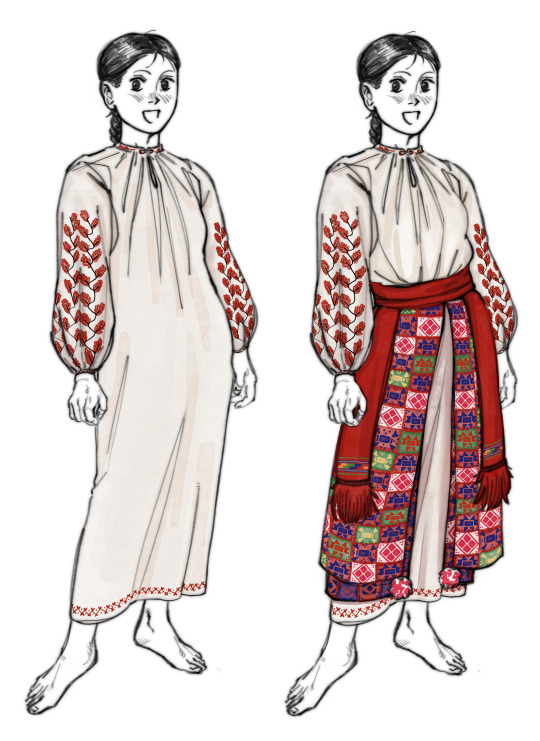


pretty devastating news just came in that if you want to be finished with your art project you have to work on it fairly consistently.
WIP on ukrainian folk costume + bonus headwear.
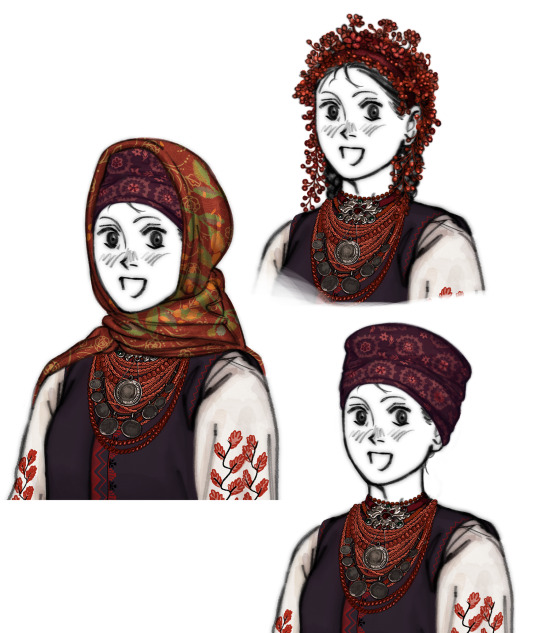
912 notes
·
View notes
Text
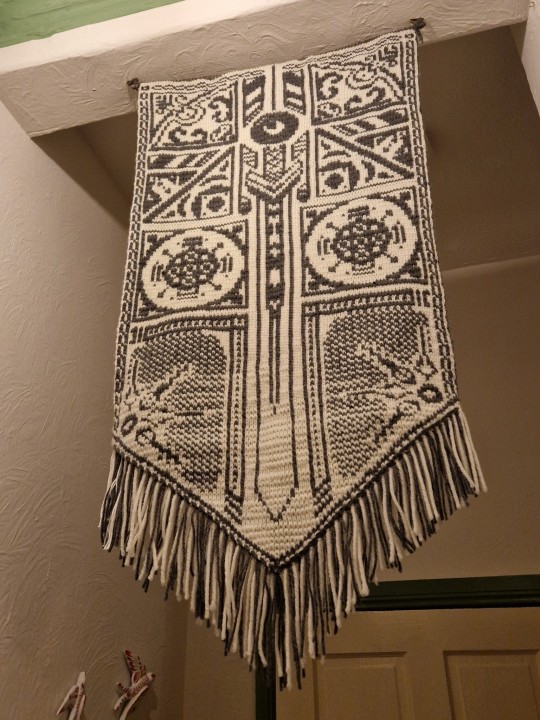

i finished it!! she's double knit. this is the first fully my own pattern i've made 🔪
it's easier to write a bunch of patterns than it is to actually make them but i think i'd have to make them if i were to post them so i could see if they were good or not lol
next i've got 4 cushions that are 70cm diameter that need covers. that's a lot of real estate for my silly little pictures!! we'll see if it takes me 5 years to finish all that 🧶
1K notes
·
View notes
Text

Not gonna lie, I was a lil self conscious about posting this, but truth is, I love this picture of myself. I think that some of the things we love are worth sharing with others. This image deserved to be shared.
2K notes
·
View notes


